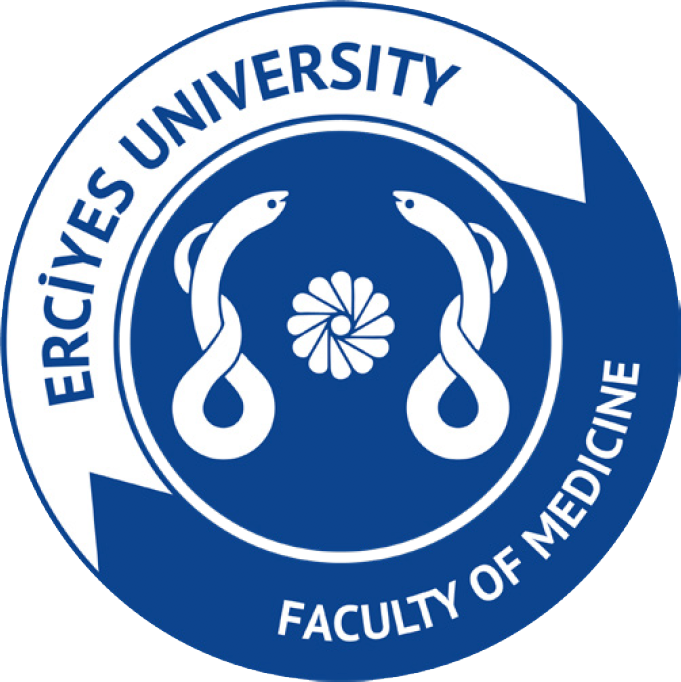2Department of Anatomy, Niğde Ömer Halisdemir University, Faculty of Medicine, Niğde, Türkiye
3Department of Radiology, Kayseri City Hospital, Kayseri, Türkiye
4Department of Physical Medicine and Rehabilitation, Kayseri City Hospital, Kayseri, Türkiye
5Department of Child Health and Diseases, Erciyes University, Faculty of Medicine, Kayseri, Türkiye
6Department of Anatomy, Erciyes University, Faculty of Medicine, Kayseri, Türkiye
Abstract
Objective: Fibromyalgia is a chronic syndrome characterized by widespread pain, fatigue, and cognitive and sleep impairments. Headache, which is highly prevalent in fibromyalgia, substantially reduces quality of life. This study aimed to investigate whether morphological features of the paranasal sinuses or microstructural alterations of the trigeminal nerve contribute to headache pathophysiology in fibromyalgia.
Materials and Methods: Twenty-five female patients with fibromyalgia and twenty-six healthy women were included. Tractographic analysis of bilateral trigeminal nerves was performed using diffusion tensor imaging (DTI), with parameters including fiber number, mean fiber length, and fractional anisotropy (FA). Paranasal sinus volumes were calculated using 3D Slicer software.
Results: No significant group differences were found in age, Body Mass Index (BMI), or paranasal sinus volumes (p>0.05). However, fiber number, mean fiber length, and FA values of both trigeminal nerves were significantly higher in the fibromyalgia group than in controls (p<0.001).
Conclusion: These findings suggest that structural alterations of the trigeminal nerve, rather than sinus anatomy, may underlie headache in fibromyalgia and could partly explain the high prevalence of migraine-like symptoms in this population.


